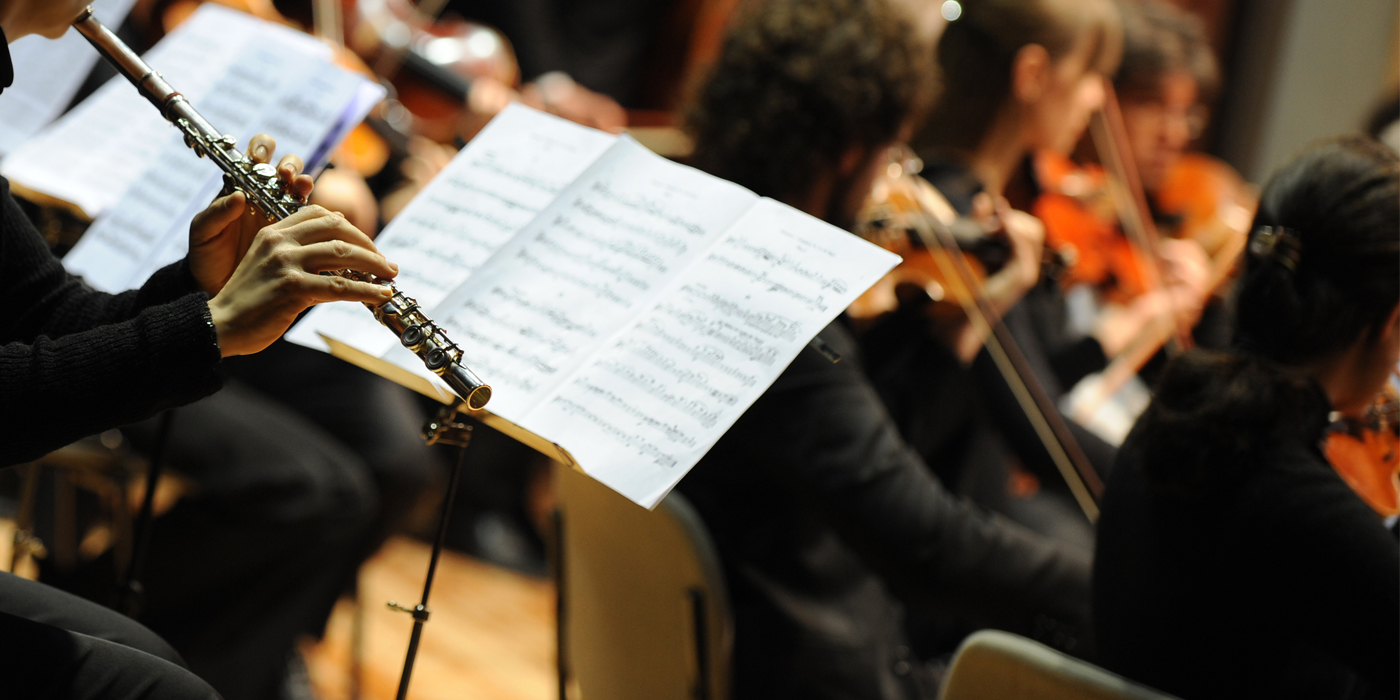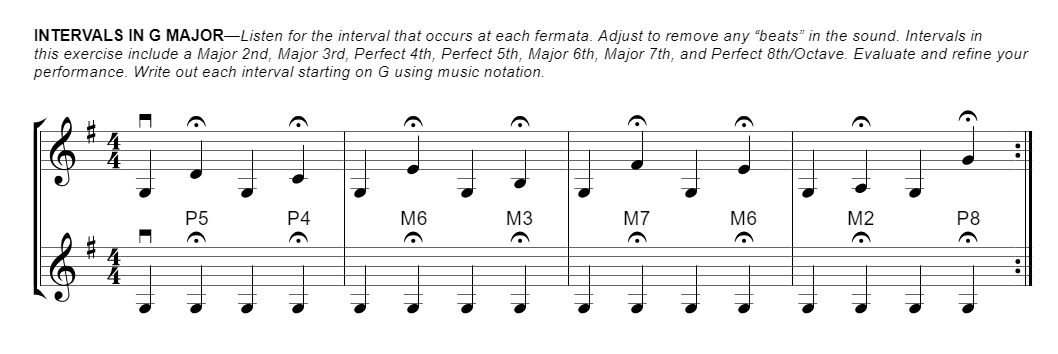
We all know that doing warm ups is important as part of a daily routine for instrumental music teachers. Individual and group warm ups can serve multiple functions that include physical, mental, and technical preparation for rehearsal. The time allotted before, and at the beginning of the rehearsal, should be viewed as invested time, not time wasted. Students and teachers can save hours of practice and rehearsal time by creating carefully planned warm-up activities.
Individual Warm Ups
Students should have personal warm-up goals for the time immediately preceding each rehearsal. The moment they enter the music room they can be focusing their mind and getting ready to rehearse. They also need to get blood flowing to all muscle groups to avoid injury and better prepare them for complex, rigorous, and rapid muscle movements, both large and small. For string players and percussionists this may include slow large muscle movements in both sitting and standing positions, followed by some stretching. Wind players may do some breathing and embouchure warm-ups including lip slurs for brass.
You may want to have daily or weekly pre-rehearsal goals written out for students in their folders, on the SMART Board, or on your projection device. These might consist of notated exercises that focus on different pedagogical issues unique to each instrument. String players might have bowing patterns to work on while brass might work on long tones. Woodwinds might work on fingering issues, while percussionists practice rudiments or mallet related exercises.
Ensemble Warm Ups
The design of your large ensemble warm ups should be based on your curriculum. Most often these warm ups are skill-based. To start, look at your year-long curricular goals. What are the skills students need to learn? How can you teach them in a five- to fifteen-minute activity each day?
Once the technical and musical skills have been identified, they should be sequenced in a way that they can be taught over the course of an entire year. Most skills are developmental and require repetition and time. A skill such as vibrato may take a whole year to teach, develop, and refine. A little bit of work in regular warm-up intervals enhances the acquisition of each skill.
Once all the long-term skills have been given their allotted time throughout the year, teachers can also focus on short-term goals such as repertoire-driven issues. Each piece you select to perform should reinforce your curricular goals for the year. The short-term goal may be to learn these three pieces, but the long-term goal is for students to gain the skills as stated in your curriculum and district standards.
Warm-Up Specifics
A typical warm-up period may focus on issues like tone, rhythm, intonation, range, phrasing, blend and balance, and bowing fluency. Specific techniques like spiccato, double-tonguing, going across the break, and rudiments may also be addressed. Using method and technique books at all levels can be a real help in structuring your warm-up curriculum.
If I were working on tuning G major intervals in a string orchestra I would use exercise number 9 in the Sound Innovations Creative Warm-ups book:

Wind players might use exercise 24 in Sound Innovations Ensemble Development for Intermediate Concert Band to work in the key of Bb: All the upper-level books in the Sound Innovations series are designed to be used as part of a warm-up curriculum. It is important that each exercise you use or develop be short enough that it can be accomplished quickly. Written out scales, arpeggios, and chorales can be a powerful ally in skill development.
All the upper-level books in the Sound Innovations series are designed to be used as part of a warm-up curriculum. It is important that each exercise you use or develop be short enough that it can be accomplished quickly. Written out scales, arpeggios, and chorales can be a powerful ally in skill development.
What Drives What
An important question I asked myself as a young teacher was, “does the repertoire drive the curriculum or does the curriculum drive the repertoire”? I believe it is the latter. If that is the case, then it is easy to coordinate your warm-up books and exercises with the specific pieces you have chosen. It is important to use a skill-based rubric with each piece you select to determine which technical and musical skills are needed for the piece and how can you prepare students for success by incorporating those into the warm-up time. A great strategy is to start working on the most important skills the concert period before you begin the piece.
Other skills will require on-time delivery as you start the music. Some standard warm-up strategies include using the piece you are working on to determine the scale, rhythms, bowing, sticking, and tonguing patterns used in the warm-up period. Another might be to use chorales to establish key centers, chord tuning, balance, and listening skills. Students can be sensitized to conducting gestures by playing scales at differing tempos as indicated by their conductor.
This is also a great time to engage the ear by teaching aurally. You may teach an exercise, rhythm, mode, melody, harmony, or bass line by ear. The use of rote tunes allows you to visually focus on the students and, more importantly, they can focus visually and aurally on you. It also gives you a chance to model each technique, sound or rhythm for them.
Preparing Students for Success
In many ways, the success of any rehearsal depends on the time and care that are devoted to the warm-up process. Preparing students for success in this way makes differentiation easy and helps the teacher stay focused on the skills and musical issues that need to be learned. It is all too easy to realize – at the end of the year – that you didn’t cover everything you hoped you would. It is like the American history teacher who hasn’t made it past the Civil War by the time school is out. The music we expose students to is very important, but we all teach in a vertical curriculum that demands we prepare students for the next level. Warm-up time is a critical moment in that process.